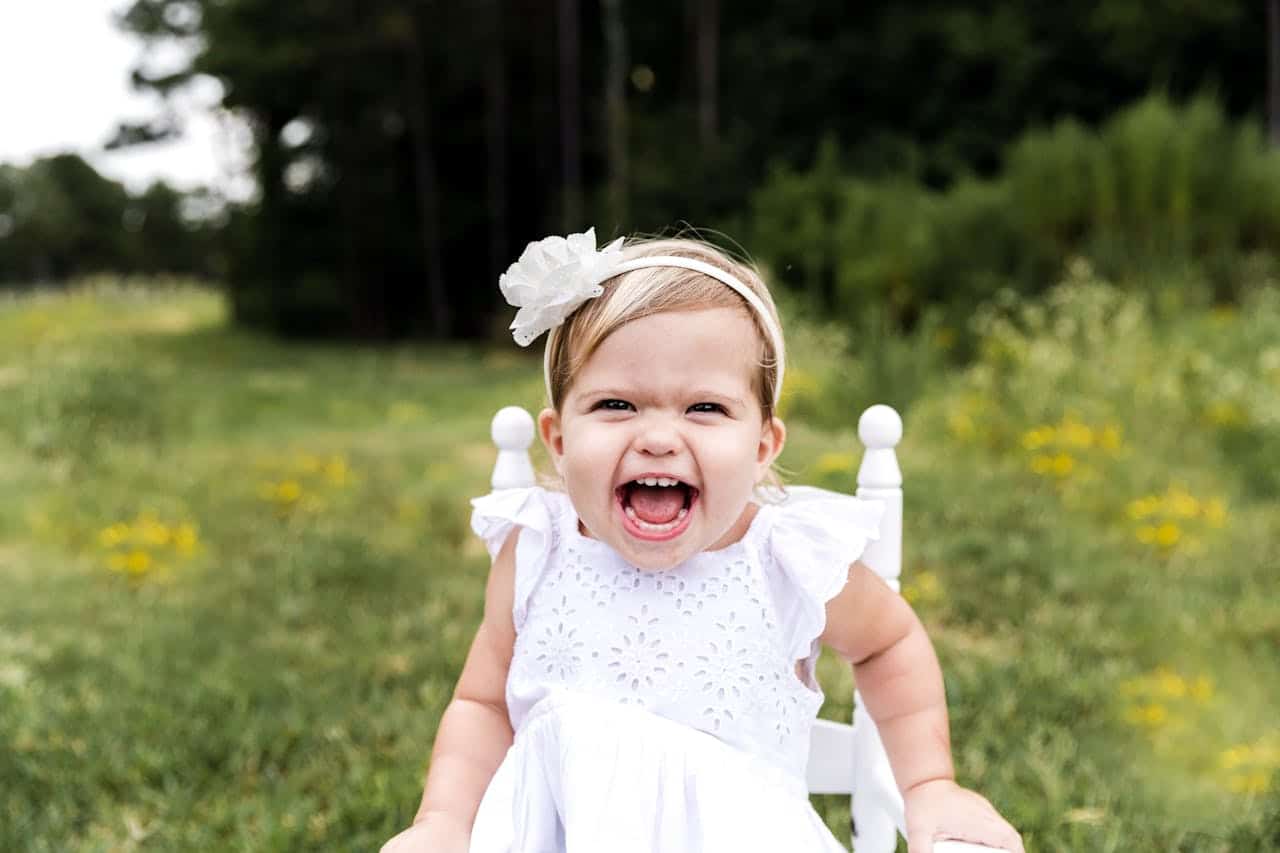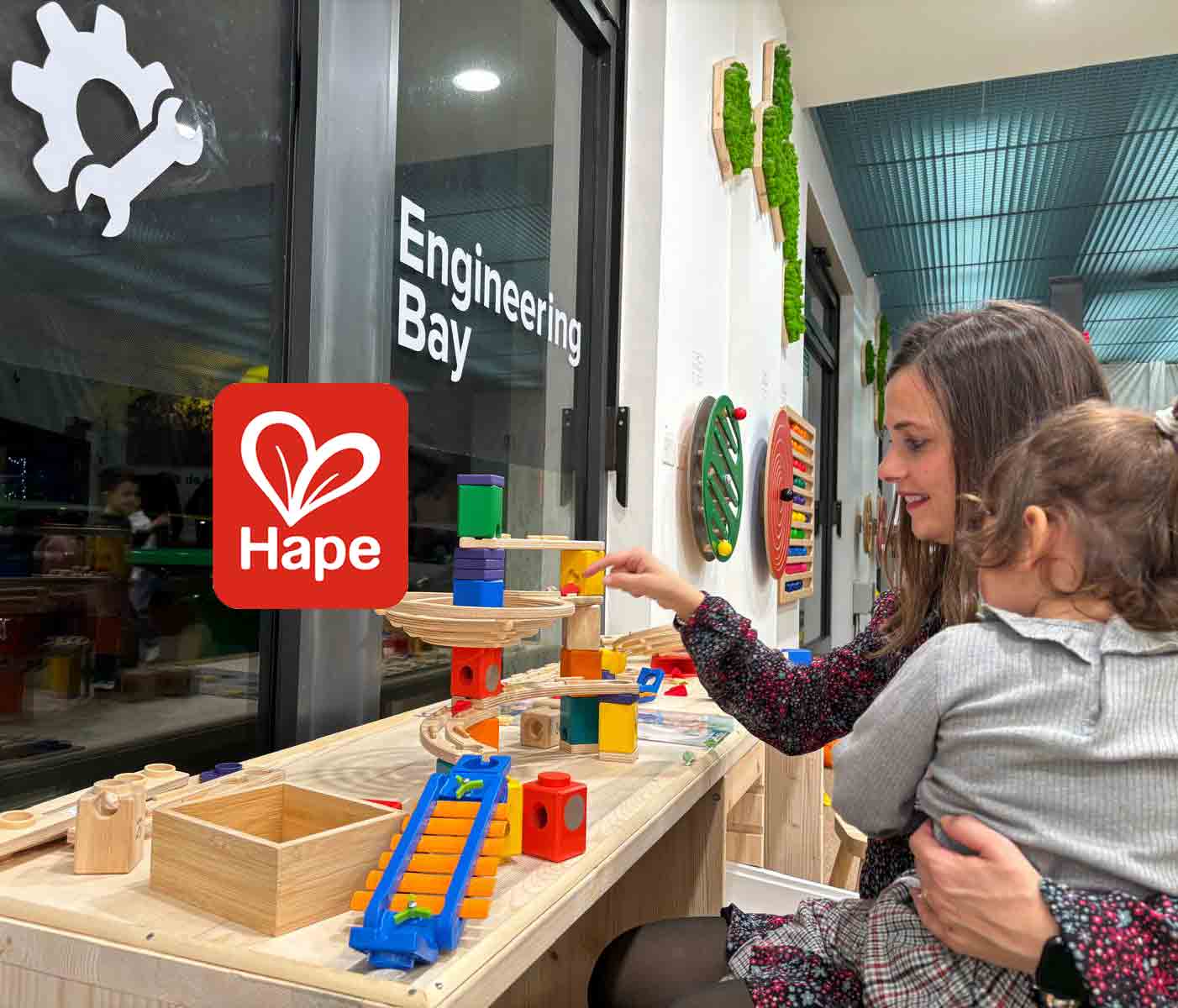Parenting is an immensely rewarding yet challenging journey, where maintaining patience and emotional composure can sometimes be difficult. Many parents find themselves occasionally yelling at their children, which is often a sign of communication struggles and difficulty managing emotions. While yelling can happen to the best of us, it’s important to recognize that it doesn’t serve the purpose of effective communication or positive discipline. The good news is that with the right strategies, parents can improve their communication skills and emotional regulation. This article offers supportive guidance on how to reduce yelling and foster a more peaceful and nurturing environment for your family.
Recognizing Yelling as a Communication Challenge
Yelling often emerges from moments of frustration when parents feel overwhelmed and unable to express their needs or concerns calmly. It’s helpful to see these instances not as failures but as opportunities for growth in communication. Understanding that yelling may not effectively convey your message or resolve the issue is the first step towards seeking better ways to interact with your children. This perspective allows you to explore more constructive communication methods that foster understanding and respect.
Identifying Emotional Triggers
Understanding what triggers your impulse to yell is crucial. These triggers might include stress, tiredness, or specific situations that are challenging to navigate. By keeping track of these moments, you can gain valuable insights into your emotional responses. This awareness is empowering, as it helps you anticipate difficult situations and prepare yourself to handle them with calm and clarity.
Developing Strategies for Emotional Regulation
Once you recognize your triggers, you can begin developing strategies to manage your emotions effectively. Techniques such as deep breathing, mindfulness, and taking a brief pause can help you regain control in heated moments. These practices not only help in maintaining calm but also enable you to respond thoughtfully rather than react impulsively. By integrating these techniques into your daily life, you can gradually build a more composed and patient approach to parenting.
Communicating with Clarity and Kindness
Effective communication with children involves clarity and kindness. When you feel the urge to raise your voice, try expressing your feelings in a gentle yet assertive manner. Using “I” statements can be particularly helpful, as they focus on your emotions and needs without placing blame. For example, saying “I feel upset when toys are not put away” can open a dialogue without making the child feel criticized. This approach promotes a positive and constructive conversation, helping your child understand your perspective.
Practicing Empathy and Understanding
Empathy is a powerful tool in building stronger relationships with your children. By trying to see situations from their perspective, you can better understand their feelings and reactions. This understanding fosters patience and reduces frustration, as you recognize that children are still learning to navigate their emotions and behaviors. Practicing empathy not only helps you stay calm but also teaches your children to be empathetic, creating a more compassionate household environment.
Implementing Positive Discipline Techniques
Positive discipline focuses on teaching and guiding rather than punishing. Methods such as natural consequences, time-ins, and collaborative problem-solving encourage children to learn from their actions in a supportive environment. For instance, allowing a child to experience the natural consequence of not wearing a coat on a chilly day can be a more effective lesson than yelling. These techniques emphasize understanding and learning, helping children grow into responsible and self-aware individuals.
Creating a Supportive Environment
A nurturing home environment is key to reducing stress and promoting positive interactions. Ensuring that your child’s basic needs are met, such as adequate sleep and nutrition, can help prevent many behavioral issues. Establishing consistent routines provides a sense of security and predictability, making it easier for children to understand expectations. A supportive environment encourages open communication and mutual respect, reducing the likelihood of conflicts.
Prioritizing Self-Care
Taking care of yourself is essential for maintaining the emotional balance needed for effective parenting. Engaging in activities that rejuvenate you, whether it’s a hobby, exercise, or quiet time, is vital for your well-being. When you feel rested and fulfilled, you’re better equipped to handle parenting challenges with patience and clarity. Remember, self-care is not selfish; it’s a crucial part of being the best parent you can be.
Reflecting and Repairing
If you do end up yelling, it’s important to reflect on the situation and, if necessary, apologize to your child. Apologizing demonstrates accountability and models healthy ways of handling mistakes. It also helps repair any hurt feelings and reinforces that everyone is capable of growth and learning. This process strengthens your relationship with your child and shows them that constructive communication and emotional regulation are achievable goals.
Consistency and Growth
Improving communication and emotional control is an ongoing process that requires consistency and dedication. It’s about making small, positive changes that lead to a more peaceful and supportive home environment. Celebrate your progress and be gentle with yourself when setbacks occur. The goal is not perfection but continuous improvement and a commitment to fostering a loving and understanding family dynamic.
Conclusion
Yelling at children often stems from challenges in communication and emotional regulation. By recognizing these challenges as opportunities for growth, parents can develop healthier ways to interact with their children. Through self-awareness, empathy, positive discipline, and a supportive environment, it’s possible to create a more harmonious household. While the journey may have its ups and downs, the effort to communicate calmly and effectively is invaluable. It not only enhances the parent-child relationship but also sets a positive example for children, teaching them the importance of kindness, respect, and emotional intelligence.



